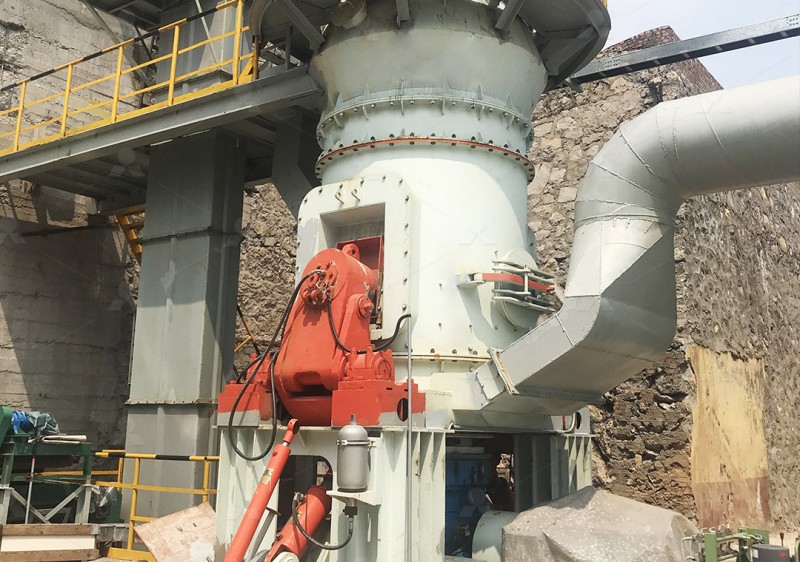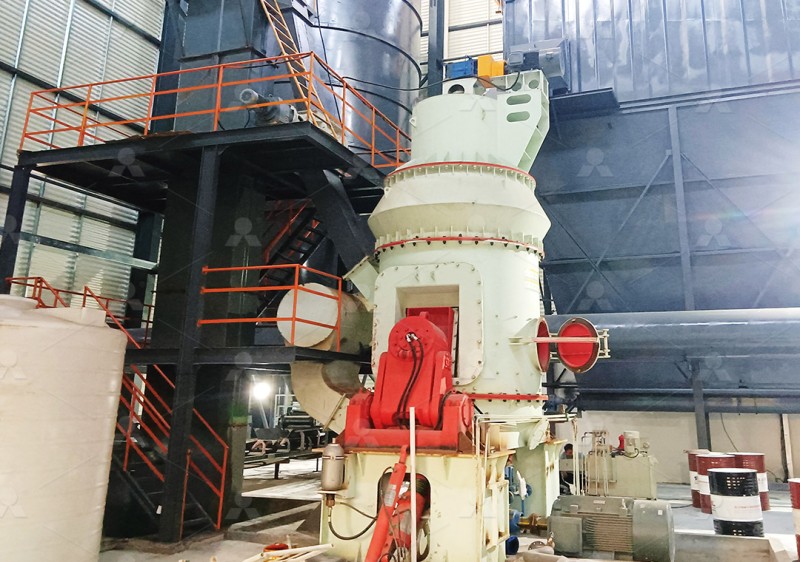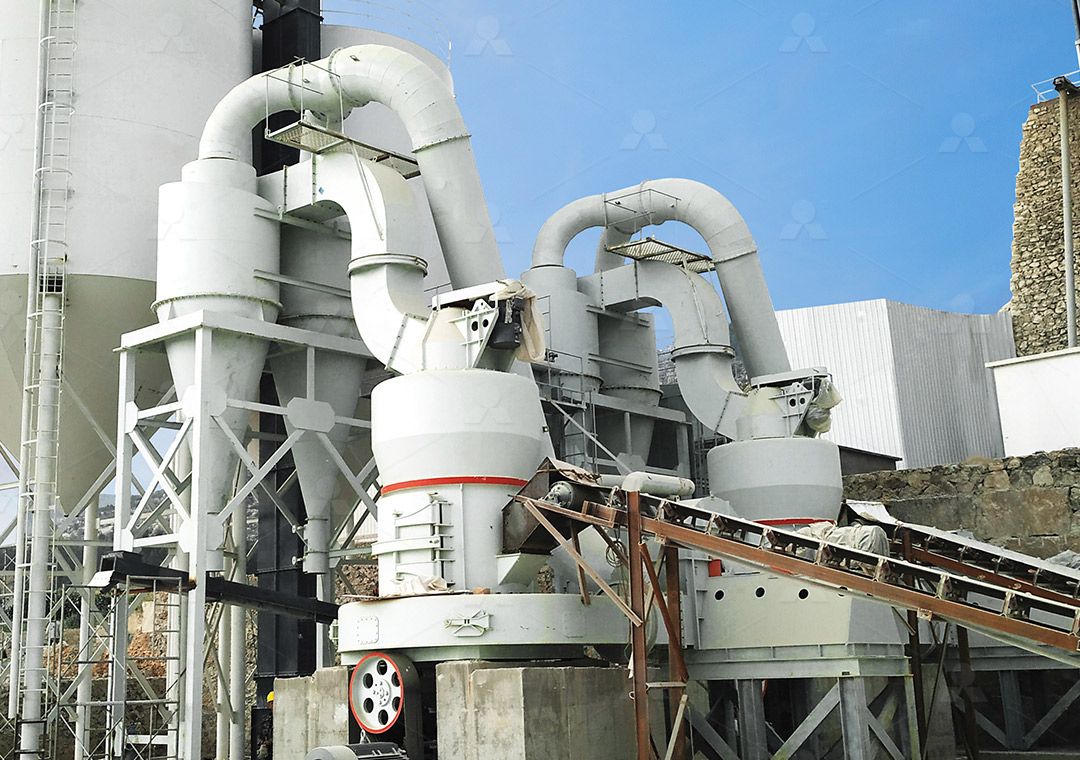Coal Grinding Equipment: Types, Selection, and Maintenance Guide
Coal Grinding Equipment: Types, Selection, and Maintenance Guide
Coal grinding represents a critical stage in numerous industrial processes, from power generation to cement production. Selecting the appropriate grinding equipment can significantly impact operational efficiency, product quality, and overall profitability. This comprehensive guide explores the various types of coal grinding mills, key selection criteria, and essential maintenance practices.
Common Types of Coal Grinding Equipment
The industrial landscape offers several types of coal grinding mills, each with distinct advantages for specific applications:
Vertical Roller Mills (VRM) have gained substantial popularity in recent years due to their compact design and energy efficiency. These mills integrate drying, grinding, classification, and conveying into a single unit, reducing both footprint and energy consumption. Their ability to handle moist materials while maintaining stable operation makes them particularly suitable for power plants and large-scale industrial operations.

Ball Mills represent the traditional workhorse of coal grinding. These rotating cylinders containing grinding media (typically steel balls) operate on the impact and attrition principle. While reliable and capable of producing fine powders, they tend to be less energy-efficient compared to newer technologies and require more space.
Raymond Mills, also known as bowl mills, have served the industry for decades. Their simple design and ease of operation make them suitable for smaller operations or when processing less abrasive coals. However, they may struggle with high-moisture coals and typically produce coarser products compared to more advanced mills.
Critical Selection Factors
Choosing the right coal grinding equipment requires careful consideration of multiple factors:
Feed Characteristics: The size, moisture content, hardness, and abrasiveness of your coal directly influence mill selection. Coals with high moisture content benefit from mills with integrated drying capabilities, while abrasive coals require wear-resistant materials.
Capacity Requirements: Your production needs—from pilot-scale operations to large power plants—will narrow down suitable equipment options. Consider both current requirements and potential future expansion.
Product Fineness: The required coal powder fineness varies significantly between applications. Power generation typically requires 70-80% passing 200 mesh, while pulverized coal injection for blast furnaces demands finer products.
Energy Efficiency: With energy costs representing a substantial portion of operating expenses, selecting an energy-efficient mill can dramatically impact your bottom line. Modern vertical roller mills typically offer 30-50% energy savings compared to traditional ball mills.

Advanced Grinding Solutions
For operations requiring ultra-fine coal powders with exceptional consistency, the MW Ultrafine Grinding Mill represents a technological leap forward. This advanced mill processes materials with input sizes up to 20 mm and delivers capacities ranging from 0.5 to 25 tph. Its innovative design eliminates rolling bearings and screws within the grinding chamber, significantly reducing maintenance concerns and potential failure points.
The MW mill’s cage-type powder selector, incorporating German technology, enables precise fineness adjustment between 325-2500 meshes while achieving remarkable screening rates of d97≤5μm in a single pass. Operations benefit from its integrated pulse dust collector and muffler system, ensuring environmentally compliant performance with minimal dust and noise emissions.
For operations prioritizing vertical configuration with advanced grinding technology, the LUM Ultrafine Vertical Grinding Mill offers exceptional performance. Processing materials up to 10 mm with capacities of 5-18 tph, this mill incorporates the latest grinding roller technology from Taiwan and German powder separating technology. Its reversible structure simplifies maintenance, while double position-limiting technology ensures operational stability even under challenging conditions.
Essential Maintenance Practices
Proper maintenance extends equipment lifespan and ensures consistent performance:
Regular Inspection: Establish a systematic inspection schedule focusing on wear parts, lubrication systems, and structural integrity. Pay particular attention to grinding elements, which typically represent the highest wear components.
Lubrication Management: Follow manufacturer recommendations for lubrication intervals and oil types. Modern mills often feature external lubrication systems that allow maintenance without shutdowns.
Wear Monitoring: Implement a wear monitoring program for grinding rolls, tables, and classifiers. Track replacement intervals to predict maintenance needs and budget accordingly.
Vibration Analysis: Regular vibration monitoring can detect developing issues before they cause unscheduled downtime. Establish baseline vibration levels and investigate significant deviations promptly.

Operational Training: Ensure operators understand normal operating parameters and can recognize early warning signs of potential problems. Proper operation significantly reduces unnecessary wear and extends equipment life.
Frequently Asked Questions
Q: How often should grinding elements be replaced?
A: Replacement intervals vary significantly based on coal abrasiveness, operating hours, and maintenance practices. Typically, grinding rolls and tables require inspection every 2,000-8,000 hours, with replacement needed when wear exceeds manufacturer specifications.
Q: What fineness can I expect from modern coal grinding mills?
A: Advanced mills like the MW Ultrafine Grinding Mill can achieve fineness between 325-2500 meshes, with screening rates reaching d97≤5μm. The exact fineness depends on coal properties and classifier settings.
Q: How does moisture content affect grinding performance?
A: High moisture content can reduce grinding efficiency and increase energy consumption. Modern vertical mills with integrated drying capabilities typically handle moisture contents up to 15-20% effectively.
Q: What safety precautions are essential for coal grinding operations?
A: Key precautions include explosion prevention systems, proper ventilation, temperature monitoring, and comprehensive fire protection. Regular inspection of safety systems is critical for safe operation.
Q: How can I optimize energy consumption in coal grinding?
A: Beyond selecting energy-efficient equipment, optimization strategies include maintaining optimal classifier settings, ensuring proper feed size distribution, minimizing air in-leakage, and operating at designed capacity.
